Uruguayan Beverages: Basic Overview
Common Ingredients
Common Preparing Methods
Drinking Etiquette
Influence and Fusion
Uruguayan Beverages: Origin and Region
Cuisine
Culinary Region
Country’s Region
Classifications of Uruguayan Beverages
-
Alcoholic Beverages
In Uruguay, alcoholic beverages include a variety of local wines, spirits, and beers such as Tannat wine and Grappamiel.
These drinks are significant in social and cultural settings, often consumed during meals and gatherings.
-
Non-alcoholic Beverages
Non-alcoholic options in Uruguay include beverages like Mate and Mate Cocido, caffeinated herbal drinks made from yerba mate leaves.
These drinks are central to daily life and social interactions.
Uruguayan beverages are drink options from the country’s rich cultural heritage and agricultural bounty, featuring both alcoholic and non-alcoholic choices.
Influenced by European traditions, particularly from Spain and Italy, the drink scene in Uruguay is best known for producing fine wines, including robust reds and crisp whites cultivated in its extensive vineyards.
Beyond wine, the national drink, mate, stands out as a staple; this herbal infusion is consumed daily by much of the population, highlighting its strong social significance.
Uruguayans also enjoy a variety of fruit juices, soft drinks, and spirits, with local craftsmanship adding a unique touch to the beverages.
These drinks are a part of daily meals and pair with many dish varieties, contributing to the overall flavor.
10 Best Uruguayan Beverages
Let’s get to know 10 drink choices to enjoy in Uruguay and make use of the filter system to view them according to their ingredients, popularity, preparation methods, and many more features.
Mate
- Non-Alcoholic
- Traditional
Mate is a traditional Uruguayan drink particularly popular in South America. The herbal drink revolves around steeping dried leaves from the yerba mate plant in hot water.
Commonly, mate is served in a hollowed-out gourd and sipped through a metal straw called a ‘bombilla.’ It is renowned in Argentinian drinking cultures for its energizing effects due to its caffeine content.
In Uruguay, mate is often shared among friends and family, reflecting the community aspect of the country.
Medio y Medio
- Alcoholic
- Traditional
Medio y Medio is a Uruguayan blend of equal parts dry white wine and sweet sparkling wine for a unique, semi-sweet beverage that is often light in color. The mixture is typically served chilled for toasting in Uruguay.
Originating from the famous Mercado del Puerto in Montevideo, the alcoholic mix is a staple in local cuisine, especially as an aperitif at the start of meals.
Clericó
- Non-Alcoholic
- Traditional
Clericó is the Uruguayan interpretation of sangria, consisting primarily of fruits and white wine. The refreshing drink is typically colorful and fruity thanks to a combination of diced fruits like apples, oranges, and berries soaked in wine.
Often served chilled, Clericó is especially favored during the warm summer months. In Uruguay, it’s commonly enjoyed for its light, sweet taste.
Tannat Wine
- Alcoholic
- Traditional
Tannat wine is a red wine in Uruguay that possesses a robust flavor and deep color. Introduced in the 19th century by Basque settlers, Tannat grapes provide rich blackberry fruit notes and elegant, softer tannins.
Tannat is often blended with other varieties like Pinot Noir and Merlot for diverse styles, from port-like wines to lighter ones akin to Beaujolais.
While Tannat wine is most famously produced in Uruguay, it retains a connection to its Spanish origins and is appreciated as part of the popular drink options in Spain.
Caña con Limón
- Alcoholic
- Traditional
Caña con Limón is a beer cocktail in Uruguay revolving around mixing caña (a clear spirit distilled from sugar cane) and lemon juice. The beer is typically served ice cold, making it a favored choice during the hot summer months.
In Uruguay, caña con Limón comes with a tartness of the lemon that perfectly complements the sweet, potent flavor of the caña.
Pilsen
- Alcoholic
- National
Pilsen is a pale lager with a distinct place in Uruguay’s beer culture. With a golden color, crisp and refreshing taste, and moderate alcohol content, Pilsen is typically light in body with a balanced malt and hop flavor.
In Uruguay, Pilsen is widely consumed in various settings, from casual meet-ups to larger festive celebrations.
Licor de Butiá
- Alcoholic
- Traditional
Licor de Butiá is a liqueur crafted from the fruit of the Butiá palm, native to Uruguay. The liqueur offers a sweet and slightly tart flavor profile similar to apricots and peaches.
Commonly available in amber color, the Licor de Butiá has an aromatic note, enjoyed as an aperitif or a digestif for serving neat, on ice, or as part of various cocktails.
Mate Cocido
- Non-Alcoholic
- Traditional
Mate Cocido is a beverage in Uruguay derived from the same yerba mate leaves used to make the classic mate drink. Unlike the traditional mate, which is sipped from a gourd, Mate Cocido is brewed and served more like tea, either in a teapot or as a tea bag in a cup.
This method makes it more accessible and convenient, offering a robust, slightly bitter flavor. Popular among all age groups, Mate Cocido provides a caffeine boost similar to coffee or tea and is often enjoyed both in the morning and throughout the day.
Caipiroska
- Alcoholic
- Exotic
Caipiroska is a cocktail in Uruguay, derived from Caipirinha, one of the renowned Brazilian drinks, but made with vodka instead of the traditional cachaça. Usually, Uruguayans use vodka to mix with fresh lime, sugar, and ice, creating a balance of sweet and tart flavors.
In Uruguay, Caipiroska is a favored choice in bars, especially during the warmer months, due to its cooling properties. The cocktail’s simple taste allows the quality of the vodka to shine through, complemented by the citrus zing of the lime.
Grappamiel
- Alcoholic
- Traditional
Grappamiel is a Uruguayan alcohol made by blending grape brandy, a traditional Italian refreshment known as grappa in the country, with honey and grains.
This sweet alcoholic drink is popular particularly during the winter months, as it is often consumed to ward off the cold due to its warming properties.
Grapamiel varies in strength and sweetness, depending on the ratio of honey to brandy and the types used.
What Are the Types of Food to Savor with Uruguayan Beverages?
Uruguayan beverages, aside from serving as a thirst-quencher, can be a great addition to have with dishes to elevate the flavor profile:
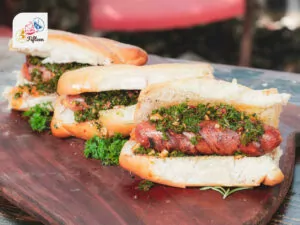
Sandwiches
Perfect with robust red wines like Tannat or a cold Pilsen beer to accompany grilled meat in chivito.
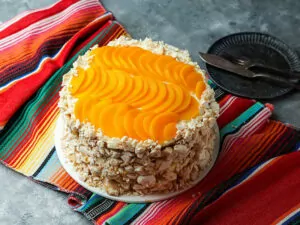
Cakes and Pastries
Sweet treats like flan and dulce de lech are ideal to match with sweet liqueurs like Licor de Butiá or a warm Grappamiel.
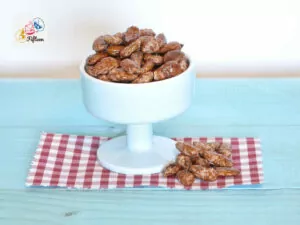
Desserts
Rice pudding, creamy and subtly sweet, pairs beautifully with a glass of Tannat wine, while pastafrola matches excellently with a refreshing Clericó.
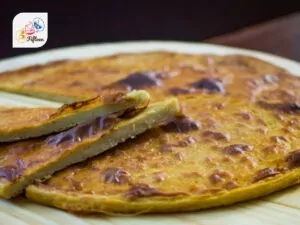
Bread and Doughs
Enjoy casual drinks such as Mate Cocido or a chilled beer with fainá, which will make for a flavorful experience.
Ideally, you can savor the beverages with staples coming from Uruguay to bring out the best experience of the cuisine.
Which Uruguayan drinks are your go-to choice? Share your favorite in the comment section so people can learn more from your experience. Make sure to share these Uruguay drinks with people looking for a touch of South American breeze in their drinks.


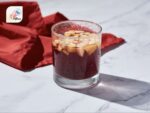

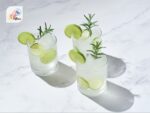
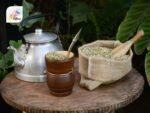
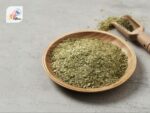

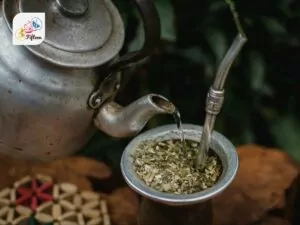
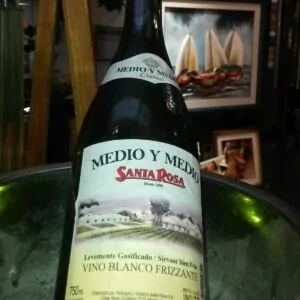
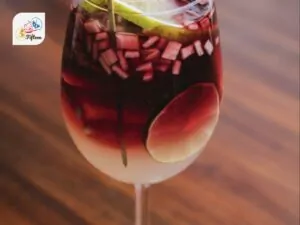
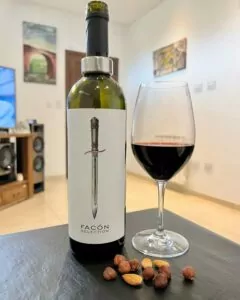
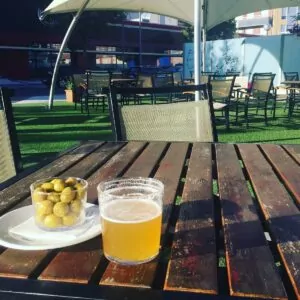

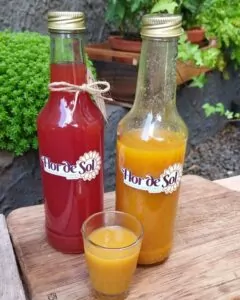
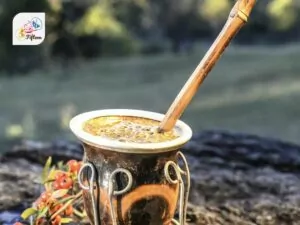
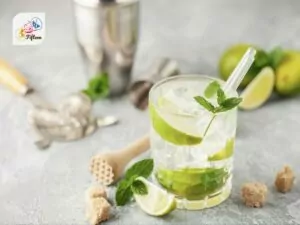
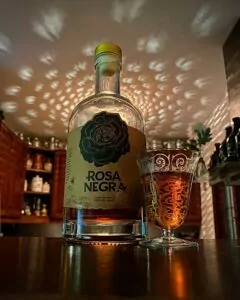

Jamie Scott
Editor in Chief, Senior Content Writer
Expertise
Home Cooking, Meal Planning, Recipe Development, Baking and Pastry, Food Editor, Cooking-video Maker, Western Food Evaluation Expert
Education
Le Cordon Bleu College of Culinary Arts
Local Community College, New York, NY
Jamie Scott is a skilled culinary expert and content creator specializing in Western cuisine. With over 15 years in the culinary field and formal training from Le Cordon Bleu, Paris, Jamie deeply understands how to blend nutrition with delicious flavors. His passion for cooking matches his commitment to making healthy eating accessible and enjoyable.
On Fifteen.net, Jamie brings a fresh perspective to classic dishes and beverages, offering readers insightful recipes, cooking tips, and a fresh view on meal planning that emphasizes taste, health, and simplicity.